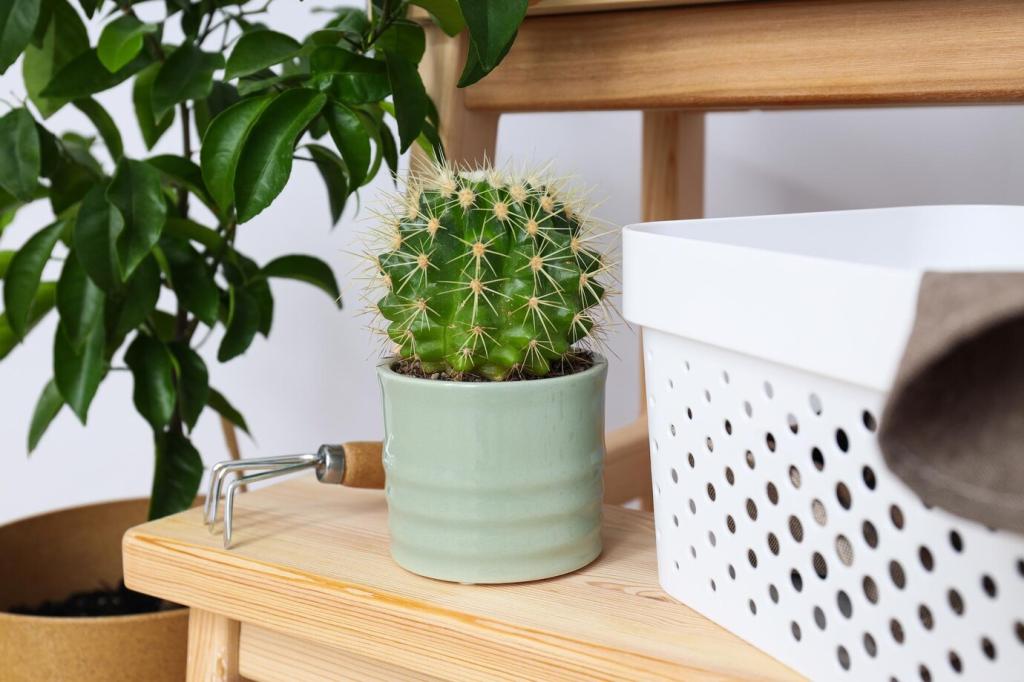This website uses cookies so that we can provide you with the best user experience possible. Cookie information is stored in your browser and performs functions such as recognising you when you return to our website and helping our team to understand which sections of the website you find most interesting and useful.

Eco-Friendly Furniture Innovations
Eco-friendly furniture innovations represent a transformative approach to design and production, emphasizing sustainability, environmental responsibility, and resource efficiency. These advancements go beyond traditional craftsmanship by incorporating renewable materials, reducing waste, and prioritizing eco-conscious techniques. As the world becomes increasingly aware of environmental impacts, the furniture industry is adapting by developing products that minimize carbon footprints while maintaining aesthetic and functional quality. This shift not only benefits the planet but also appeals to consumers seeking greener lifestyles and ethical consumption choices. Exploring the latest innovations reveals a dynamic fusion of creativity and ecology, ushering in a new era of sustainable living spaces.

Bamboo as a Renewable Resource

Reclaimed and Upcycled Wood
Eco-Conscious Manufacturing Processes


